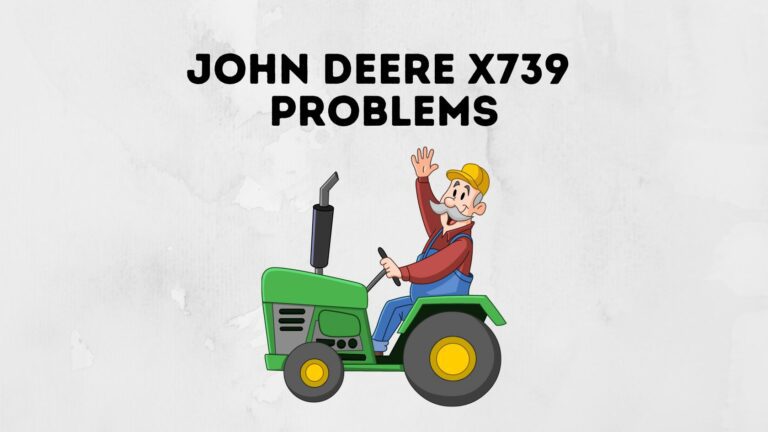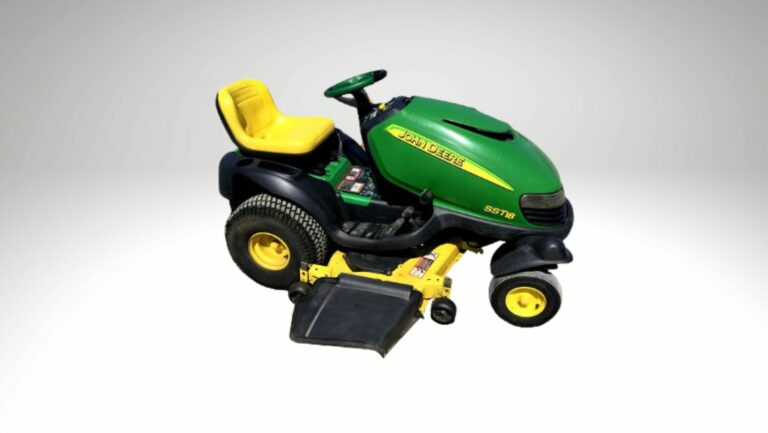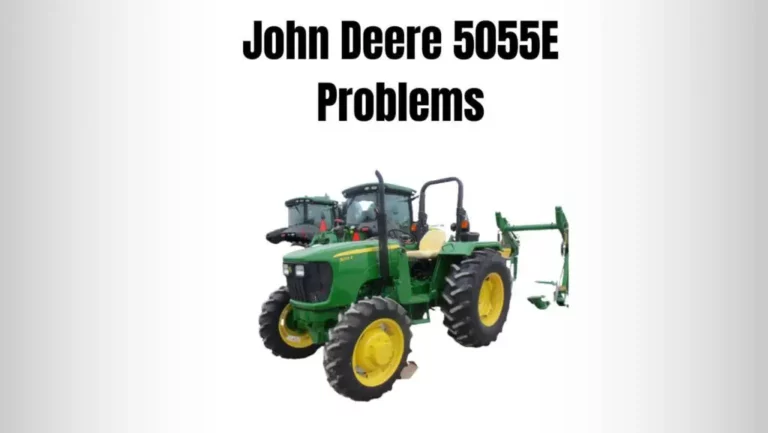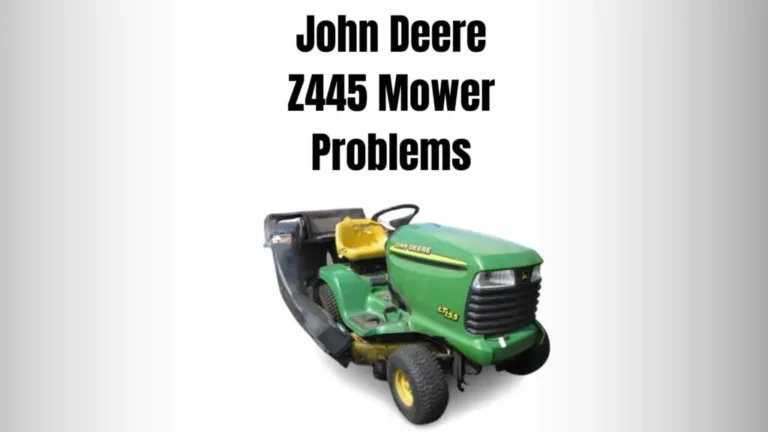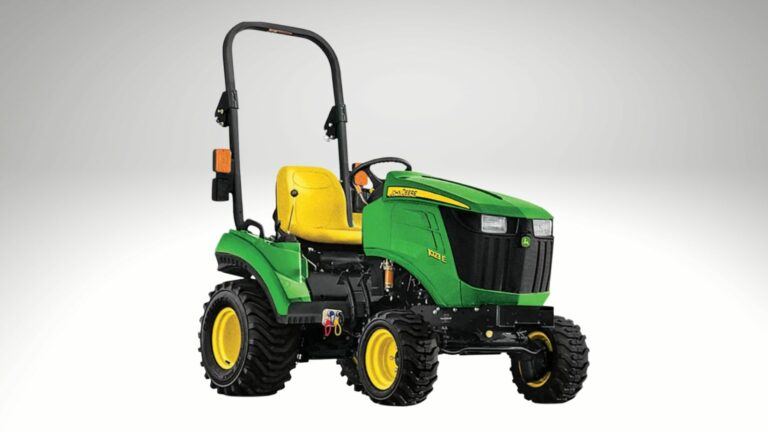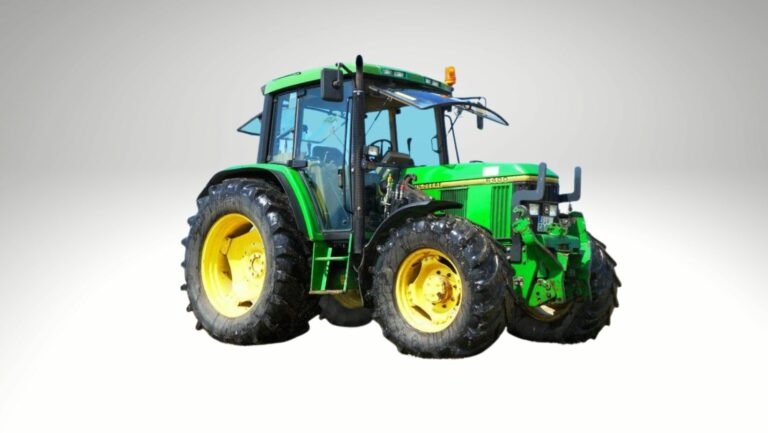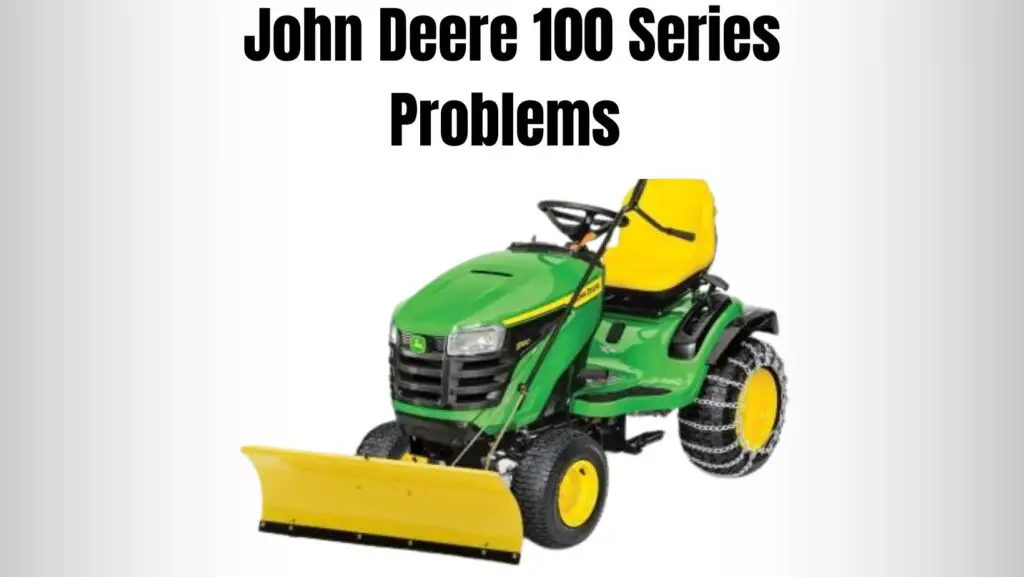
If you are looking for a machine that can give you a well-maintained lawn, a John Deere 100 series is the one. John Deere 100 Series offers a line of lawn tractors known for handling various demanding tasks like moving, tilling, and snow removal.
The John Deere 100 Series also comes with attachments that can help you perform different functions and heavy-duty work. If you are looking for well-known tractors, a John Deere 100 series is the one to look at that offers different kinds of models with other features and capabilities.
In this article, we are going to take a quick look at the John Deere 100 Series problems and solutions that can help you troubleshoot it at hand. Overall, a John Deere 100 Series is an excellent choice for any homeowner or professional looking for an efficient way to keep their lawn maintenance like a breeze.
Since a John Deere 100 series is known for its durability, ease of use, and versatility, learning what you are likely to encounter while operating a John Deere 100 Series during its lifespan will help you a lot in preventing and troubleshooting.
This article will help you be ahead of any setback you are likely to face shortly when operating a 100 Series. Hence, we will discuss three major John Deere 100 Series problems that have been frequently reported and seen in almost all of its available models that come with different capabilities and features.

3 John Deere 100 Series Problems
John Deere 100 Series Transmission Problems
John Deere, 100 Series transmission problems are widespread because almost all models encounter one during their lifespan if not appropriately maintained. You might notice John Deere 100 Seriestransmission problems like slipping gears, difficulty shifting, losing power, unusual noises, and overheating. Therefore I will help you learn all this in-depth to solve any of these issues if faced. Let’s first talk about slipping gears.
Slipping Gears: One of the most common transmission problems is slipping gears, usually when the fluid is contaminated or low. If your transmission fluid is contaminated or deficient, the bags will not be able to engage appropriately.
A damaged internal transmission component like bearings or equipment might need replacement, causing the gears to slip a lot. Depending on the issue, replace any damaged internal transmission component as required. If you cannot replace any part, feel free to get it done by a qualified mechanic.
Difficulty Shifting: Another common transmission problem that has been frequently reported by John Deere 100 Series users is difficulty shifting, which is generally caused by either a malfunctioning shift cable or a damaged linkage.
If the line or the link shows any wear, you should replace it. Damage shifting cable or connection will cause the transmission to become stuck in a specific gear. It can also be caused due to low transmission fluid or contaminated oil. The same goes for a damaged internal transmission component that needs replacement.
Loss Of Power: If you notice a sudden loss of power due to any transmission issue, your John Deere 100 series will not be able to move forward or backward as it should. This is either caused by low or contaminated transmission fluid or a malfunctioning torque converter.
First, check for the level of Transmission fluid present in your John Deere 100 Series. If it is optimal and to the appropriate level, fit for any signs of damage on the torque converter. If the torque converter is in deplorable condition, replace it with the new one.
Unusual Noise: If you hear unusual noise directly coming from your John Deere 100 Series transmission, there is always a problem. Any noise coming from the transmission is not a good indication—usually a war now transmission component that needs replacement time to cause the issue. Also, look for loose bearings or deck alignment causing unusual noise. Sometimes unusual noise also I meet if there is something wrong with your John Deere 100 Series suspension system.
John Deere 100 Series Starting Problems
Starting problem is very common with the John Deere 100 Series and its varieties of models. One frequently reported John Deere 100 Series problem by its user is difficulty turning over the engine.
It is usually caused due to a dead or weak battery that has no power to turn over the engine. Sometimes you also need help turning over a John Deere 100 Series engine when a faulty Starter motor or its mechanism is damaged.
Therefore, check if the Starter motor is working correctly or not. If this mechanism needs replacement, never hesitate to do it. John Deere 100 Series can also fail to start if there is a problem with its fuel filter or pump.
Make sure the fuel filter or the pump is not blocked with debris. If your John Deere 100 Series fuel filter or pump is clogged, replace it. Sometimes a malfunctioning carburetor results in no start or failure to start in the 100 Series.
If this is the case, return a male-functioning calculator also. If your John Deere 100 Series is cranking slowly and taking a long time to start, the battery is likely to be weak or dead. In this case, replace the battery with the new one.
Make sure to buy the original battery directly from the manufacturer’s website or authorized stores for authenticity. Besides this, if you notice no sound or response from your John Deere 100 Series starter when the key is turned, there might be a problem.
Sometimes the wiring gets disconnected, causing no reaction from the starter. In this case, connect the separate wiring or replace the corrupted one. Sometimes, fuel never reaches the engine due to clogged fuel filters or faulty fuel pumps.
Look for signs of any damage, cracks, or fray in the John Deere 100 Series fuel pump or filter. If any of those need replacement, make sure to do it. Knowing that any starting problem with your John Deere 100 Series needs a proper troubleshooting method and a qualified mechanic for diagnosis and repair is essential.
If you cannot find the root cause of your John Deere 100 Series starting, you should check the user manual to understand how to troubleshoot a particular model or locate its component for repair.
John Deere 100 Series Steering Problems
If you cannot steer your John Deere 100 Series properly or face difficulty steering, look for any worn-out linkage or steering gear that needs replacement. Other than this, a John Deere 100 Series steering will also feel very loose or sloppy if the power steering pump malfunctions or a worn-out steering component should be replaced.
Sometimes uneven steering causes the character to pull to one side due to a damaged steering component like gear or linkage. Meanwhile, uneven tire pressure will cause variable steering. If you experience excessive steering vibration, there is damage to the steering component that you should find and replace.
Difficulty Steering.
If John Deere 100 Series steering is stiff to feel or unresponsive, it might be caused due to a damaged steering gear or linkage. Sometimes a damaged steering component like steering ball joints, rack, or tie rod causes steering issues.
Check for any damaged part that might drive the tractor hard to steer or not respond correctly to the steering inputs. Sometimes this issue is also caused due to a low transmission power steering fluid. In this case, you should top up the power steering fluid and replace any worn-out component.
Sloppy/Loose Steering.
If your John Deere 100 Series steering feels disconnected from the wheel or very sloppy, look for signs of damage on its components, such as the gear or linkage. Sometimes a malfunctioning power steering pump can cause the John Deere 100 Series steering to feel disconnected or loose. In this case, I recommend you first check for signs of any damage on the power steering pump; if there is, never mind replacing it.
Uneven Steering.
Look for signs of uneven tire wear if your John Deere 100 Series is continuously polling to one side while driving. If there is inadequate tire pressure, you will not be able to steer a John Deere 100 Seriesevenly. It is essential to inflate the tires equally and keep them evenly to prevent the tractor from pulling to one side.
Vibration.
If you experience sudden vibration while steering your 100 Series, there might be damaged steering boil joints, loose bolts, or a steering belt that needs replacement. Also, look for any tire wear causing the steering to vibrate.
Unusual Noise.
If you hear a unique voice directly coming from your John Deere 100 Series steering system, a damaged steering component might need replacement. In many cases, loose bolts, linkage, fitting, or wiring cause unusual noises while steering.
Conclusion
Now, you have all the information required to troubleshoot any John Deere 100 Series models and fix any issue at hand. If you are looking for a premium line of lawn utility machines, a John Deere 100 series is available.
Even though John Deere 100 Series models are prone to specific problems, there is no other factor that is not. All tractors and mowers are prone to mechanical failures and worn-out components due to over-using, aging, lack of maintenance, and collision.
First, keep your John Deere 100 Series model on a proper maintenance schedule to keep it operating at its best for many years. Other than this, troubleshoot any John Deere 100 Series before calling a mechanic because repairing any John Deere 100 Series component will be very costly.
In addition, you should always replace the oil every 30 days and only use stale oil that is 30 days old. Make sure to keep the air filter, fuel filter, fuel pump, and carburetor clean regularly as a regular part of maintenance. If you find this article helpful, consider sharing it.
Your share will help many people learn about the problems they will likely encounter shortly while operating any John Deere 100 Series model. Check our other helpful guide on John Deere 100 Series care and its other model problems in-depth. See you in the next post. Till then, take care and goodbye.

I’m David man behind Lawn Mowerly; I’ve been dealing with lawnmowers and Tractors with my father since I was a kid. I know every make and model and what each one is capable of and love helping people find the perfect lawn mower for their needs.

